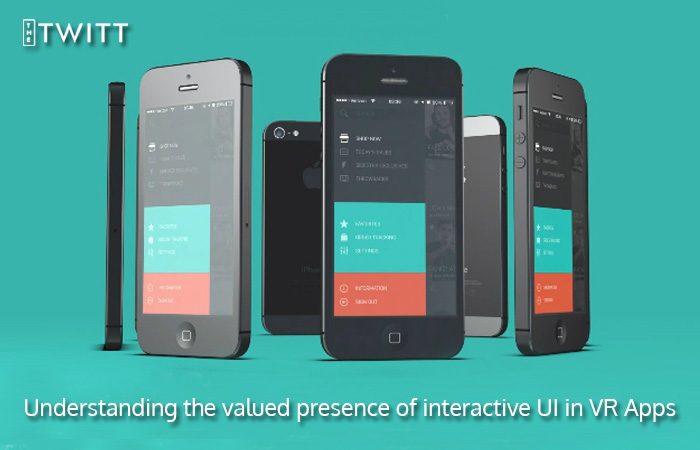Graphical User Interface (GUI) largely contributes to be one of the most essential components of any application be it for the Mobile platform or Desktop. GUI deals with creating a substantially rich and fulfilling interaction environment with the user on the application. GUI in Virtual Reality however, poses a range of unique challenges that can only be handled by adopting a set of guidelines for designing UI in VR.
Here we are letting you on some insights into the implementation of VRGUIs:
Go Stereoscopic all the Way: One simple way to address challenges in VRGUIs is to abide by Stereoscopy as in Virtual Reality the visuals are rendered from more than a single view point, making it one for each eye which is why while implementing VRGUIs one must consider Stereoscopy making it feasible to opt for Orthographic Heads up Display (HUD) as one of the most common GUI implementations for 3D Games and applications.
The infinity Projection: HUD in VR cannot be ruled out but the orthographic projection of HUD for each eye which requires the users to focus on the infinity thus confusing the visual system as HUD in such cases seems to be placed behind everything else. Thus, a 2D GUI must be rendered and placed in the way of user’s gaze which triggers the action by the pointing gaze in its direction for an easy GUI interaction.
Considering the Depth in-depth: Placing VRGUI elements in the virtual space can rise the depth occlusion. In many 3D applications are unable to guarantee sufficient space in front of the user’s view to place GUI. For instance, consider that a user is standing in front a wall and decides to toggle a menu which might appear behind a wall. This can surely create a problem thus, depth in the spacing of objects to be manipulated and elements of UI interaction must be considered.

